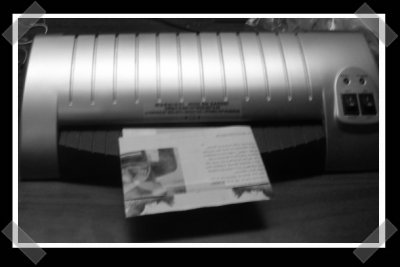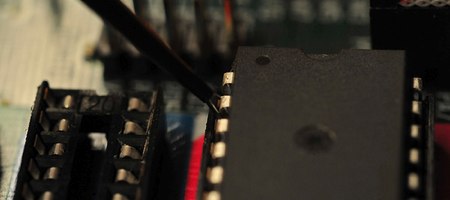Our friend [Zach Hoeken] at NYC Resistor is porting the Arduino environment to an ATmega644 chip. This doesn’t really add new functionality to the ATmega644 as it is already fully programmable, but it does add a user-friendly and familiar environment to the ATmega, allowing users to build their Arduino-based projects with more powerful hardware. The ATmega is, after all, the biggest DIP package AVR makes, featuring 64k flash and 4k RAM (both four times as much as an Arduino) and 32 I/O pins, which is 12 more than an Arduino. The video is only proof of concept, so we will let you know when [Zach] releases more details.
[via NYC Resistor]
















